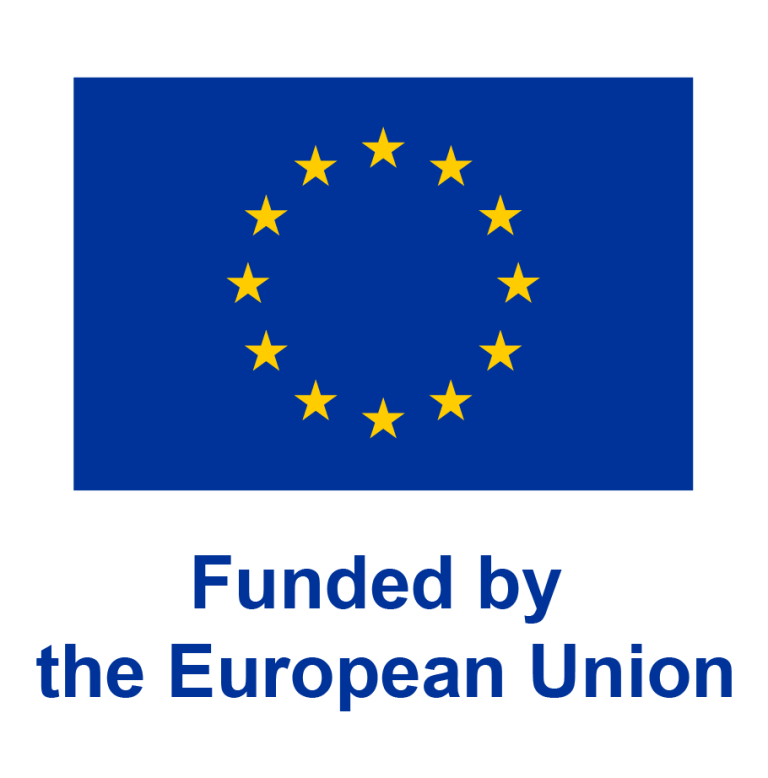Statistikk innhold
Statistics on
ICT usage in households
The survey gives information about the use of internet by the population. The survey covers areas such as online shopping, digital skills, data security, the use of government websites, internet banking, social media and online news.
Selected figures from these statistics
- ICT usage in the populationDownload table as ...ICT usage in the population
2019 2021 2023 2025 Share of population aged 16-79 - Internet use Use of Internet last 3 months 98 99 99 100 Used the internet for e-mail 93 96 96 97 Used the internet for banking 94 95 96 97 Used the internet for selling goods or services 32 38 40 42 Bought/ordered films/music 48 63 61 62 Bought/ordered clothes/sports goods 49 52 52 .. Bought/ordered travel or holiday accomodation 60 34 59 63 Explanation of symbolsDownload table as ...
About the statistics
The information under «About the statistics» was last updated 22 June 2023.
ICT
Information and communications technology. All kinds of technology used for communication as well as treatment, presentation and storage of information.
Household
A household includes all persons who resides permanently in the residence and who have a common food budget. Persons who reside permanently in the residence but are away from the residence, due to for instance work, are also included in the household.
Type of household
We get information about the respondent’s type of household from the national population register. Households are grouped into households with children, and households without children. The definition for children used is persons who were under the age of 18 at the turn of the year before the last publication.
Household income
The sum of the household net income the year before the last publication, rounded to the nearest 1 000 kr.
Name: ICT usage in households
Topic: Technology and innovation
Division for Business Dynamics Statistics
National.
Annual.
The statistics is published in the second half of the year.
The results are reported to Eurostat and OECD.
Primary data are deleted after two years.
The survey is developed through a European project, initiated by Eurostat and OECD.
The survey was conducted for the first time in the spring of 2003. The statistics were published for the first time in the autumn of 2003.

Eurostat is also an important user of the statistic. Public authorities, business and trade associations, research institutes and media are important users.
No external users have access to the statistics and analyses before they are published and accessible simultaneously on ssb.no at 8 am. Prior to this, a minimum of three months' advance notice is given inthe Statistics Release Calendar.
The statistics are comparable to corresponding statistics from other European countries.
Statistics from other countries can be found in Eurostat's database.
Parts of the survey are also used in EU’s "Digital Economy and Society Index" for comparison.
Some of the variables, such as access to computers and internet, are also surveyed in Statistics Norway’s “Norwegian media barometer”.
Not relevant
Regulation (EC) No. 808/2004 of the European Parliament and of the Council of 21 April 2004 concerning Community statistics on the Information Society.
The statistics cover the Norwegian population between 16 and 79 years. Statistical unit is person. For questions regarding the household, the household is the statistical unit.
The sample is drawn from the national population register. We draw 5 000 persons between the age of 16 and 79 years as of 31.12 the year before the survey.
We collect background variables from several registers:
- The income registry – The household income after tax
- The registry of education – The educational level of the person
- The national population register – Type of household, country of birth, citizenship and municipality of residence.
The survey is a social survey where interviews lay the basis for the statistics. The interviews were until 2019 done as a part of Statistics Norway’s Omnibus survey. The survey is from 2020 a stand-alone survey, which means that those who are interviewed are only asked about the use of ICT.
The data collection was until 2019 done by telephone interviews. In 2020 it was also possible to answer the survey via a web-questionnaire. From 2021 the data collection is mainly done via a web-questionnaire, with the option of answering via telephone interview for those who prefer it.
The interviews are carried out April/May every year. Those who are selected for interviews are not obliged to let themselves be interviewed. Those who are interviewed answers for both themselves and their household.
The interviewer uses a PC during the telephone interview. The questions are read from the screen, and the answers are registered directly. This reduces the possibility of asking the questions incorrectly. The answers are also easier to control with set rules for valid answers.
The numbers represent the use of ICT in both individuals and in households. The numbers are therefore weighted. The weight of a unit tells you how many units in the population the sample unit represents. The goal of weighting the numbers is to gross up the numbers so that they, after non-response, correspond as closely as possible to the population.
Not relevant
The interviewers and all the others who works at Statistics Norway has obligation to maintain secrecy. Statistics Norway will never publish or spread information about what an individual has answered.
The survey was conducted for the first time in 2003, and most of the variables are comparable over time.
This survey was mainly done via web-questionnaire. Some questions may be misinterpreted by the respondents.
The sample is based on Statistics Norway’s general plan for sample selection, and the sample is partially drawn in two steps. This means that the uncertainty in the numbers are slightly higher than in a randomly drawn sample.
If the statistical unit is a person, then the sample can be viewed as a self-weighting sample. This means that we do not have to consider the probability of selection when calculating weights.
When the statistical unit is the household, we must consider that large households have a higher probability of selection. The weights are therefore adjusted according to the size of the household.
Not relevant
